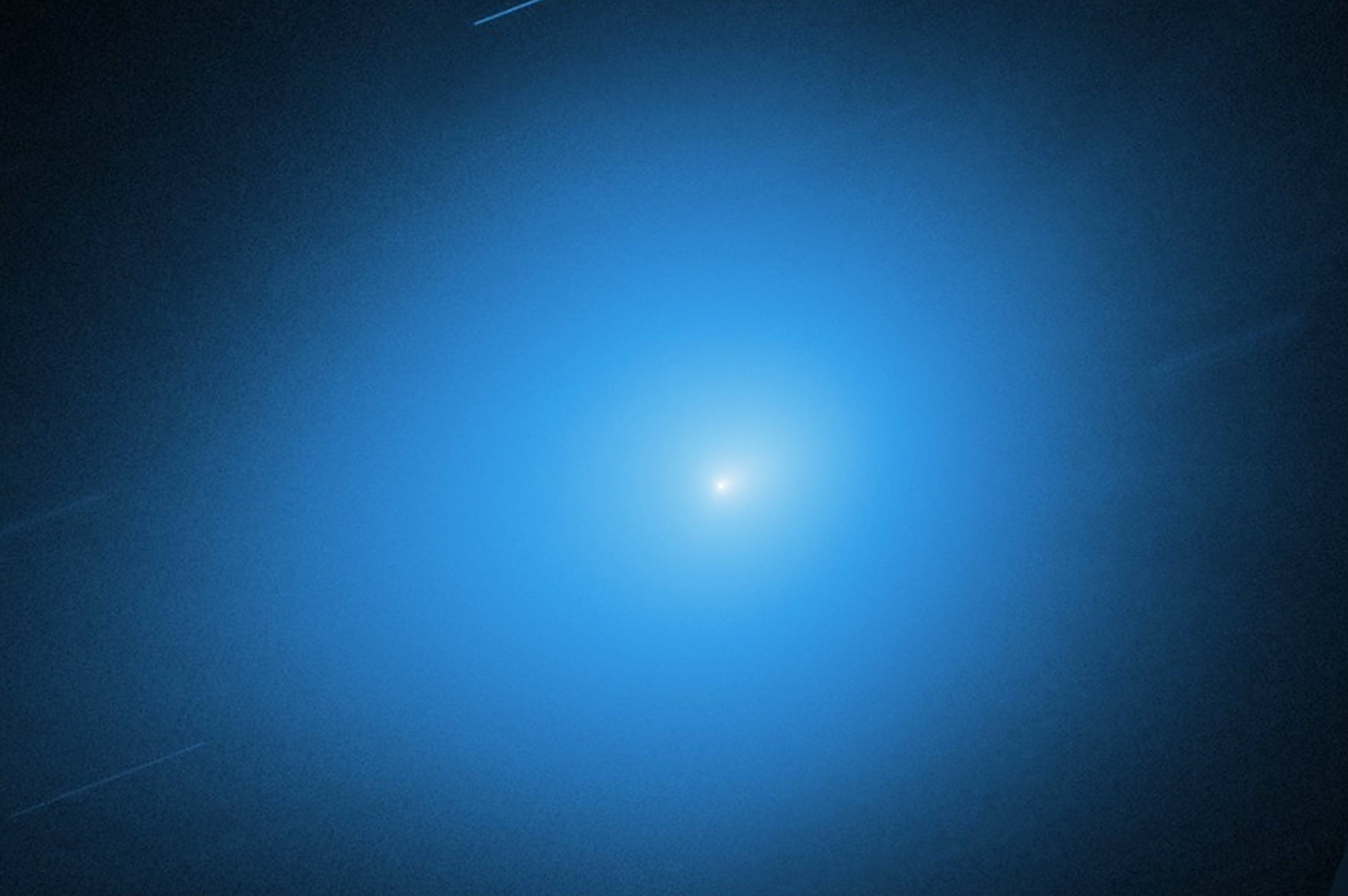Millipedes help keep a forest clean and healthy

Like many folks, I never paid much attention to millipedes — those wormlike, multilegged creatures that crawl about in the leaf litter and hide under logs and rocks on the forest floor.
But now, I hold millipedes in high esteem, even finding them fascinating. My new respect stems from a “millipede walk” last week in the Oaky Woods Wildlife Management Area in Houston County. I was tagging along with three naturalist friends — Frankie Snow, a renowned naturalist; Dirk Stevenson, a leading herpetologist; and Lance Andrew, who is wrapping up his master’s degree on millipedes at Georgia College & State University in Milledgeville and plans to pursue a doctorate.
As we walked through the hardwood forest — wet from the previous day’s rain — my companions raked through the leaf litter with garden forks and peered under logs and rocks in search of winter-active millipedes. We found six species, some of which included the violet-ridged millipede and the log lurker millipede.
“One of my goals is to help people appreciate and understand millipedes,” Andrew said as he showed me a brown crested millipede. “Ecologically, they’re very important; seen up close, they’re beautiful.”
Millipedes, sometimes called 1,000-legged worms, are essential decomposers that break down dead matter in forests — such as fallen leaves — into vital minerals that are returned to the soil.
The creatures are closely related to lobsters, crayfish and shrimp, which are marine animals. Millipede bodies are split into a number of segments, each having two sets of legs that attach to the body’s underside. (Their cousins, centipedes, have one set of legs per segment that stick out to the body’s sides.)
Georgia, said Andrew, has 150 known millipede species — second highest next to California. It’s not uncommon, however, to find millipede species new to science.
To ward off predators, many millipedes produce noxious chemicals — but not in amounts dangerous to humans. Some centipedes, though, may bite and sting.
IN THE SKY: From David Dundee, Tellus Science Museum astronomer: The moon will be new on Thursday. Four planets are visible just after dark: Venus, in the west (sets about an hour later); Mars, high in the east; Jupiter, high in the south; Saturn, low in the west.
Charles Seabrook can be reached at charles.seabrook@yahoo.com.

